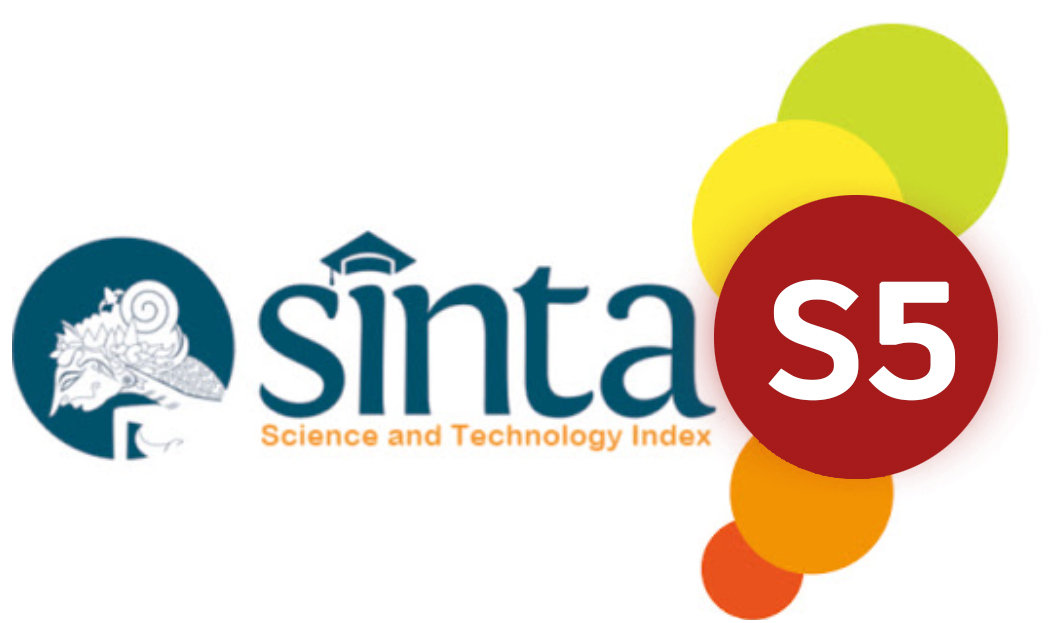Berpikir kombinatorik matematis siswa dalam mengkonstruksi konsep peluang
Abstract
This qualitative research aims to describe activity of students mathematical combinatorial thinking in constructing of the opportunity concept. The subject of the study is two students of Junior High School who had the ability in constructing concept. Data collection was obtained at the time of learning carried out based on learning plan as research instruments. The results showed a combinatorial thinking activity in constructing concepts. Counting processes are showen by students identifying dice and coins, solving theoritical opportunities problems with tables or diagrams, and solving empirical opportunities problems. Formulas/exspressions are showen by students being able to construct sampel points and sample space, construct theoritical opportunities concept, and make mathematical formulas of opportunities. Set of outcomes is showen by students being able to find the results of solving theoritical opportunity problems of one/or more dice and coins as well as the results of solving empirically opportunity problems.
References
Hamzah. 2008. Teori Belajar Konstruktivisme. Universitas Negeri Makasar: FMIPA. https://www.scribd.com. Diakses pada 31 Oktober 2018. Pukul 20.49 WIB.
Ibda, F. 2015. Perkembangan Kognitif: Teori Jean Piaget. UIN Ar-Raniry. Intelektualita Volume 3 Nomor 1, hlm. 27-38.
Lockwood, E. 2013. A Model of Student’s Cominatorial Thinking. Journal of Mathematical Behavior 32 (2013) 251-265.
Moleong, L. J. 2016. Metodologi Penelitian Kualitatif. Bandung: Remaja Rosdakarya.
Rezaie, M & Gooya, Z. 2011. What Do I Mean by Combinatorial Thinking?. Procedia Social and Behavioral Sciences 11 (2011) 122-126
Satori, D & Komariah, A. 2017. Metodologi Penelitian Kualitatif. Bandung: Alfabeta.
Shulhany, A. 2016. Daya Kombinatorial Siswa pada Materi Peluang dengan Model Penemuan Terbimbing .Repository Universitas Pendidikan Indonesia. https://repository.upi.edu/25463/. Diakses pada 18 Oktober 2018. Pukul 18.42 WIB.
Syahputra, E. 2016. Combinatorial Thinking (Analysis of Student’s Difficultes and Alternative Solution). State University of Medan. The Third Annual International Seminar On Trends In Science and Science Education, hlm. 1-13.
Widiyastuti, E & Utami, S. 2017. Deskripsi Kemampuan Berpikir Kombinatorik Matematis Siswa. Universitas Muhammadiyah Purwokerto. Alpha Math: Journal of Mathematics Education, 3(1) Mei 2017, hlm. 58-65.





